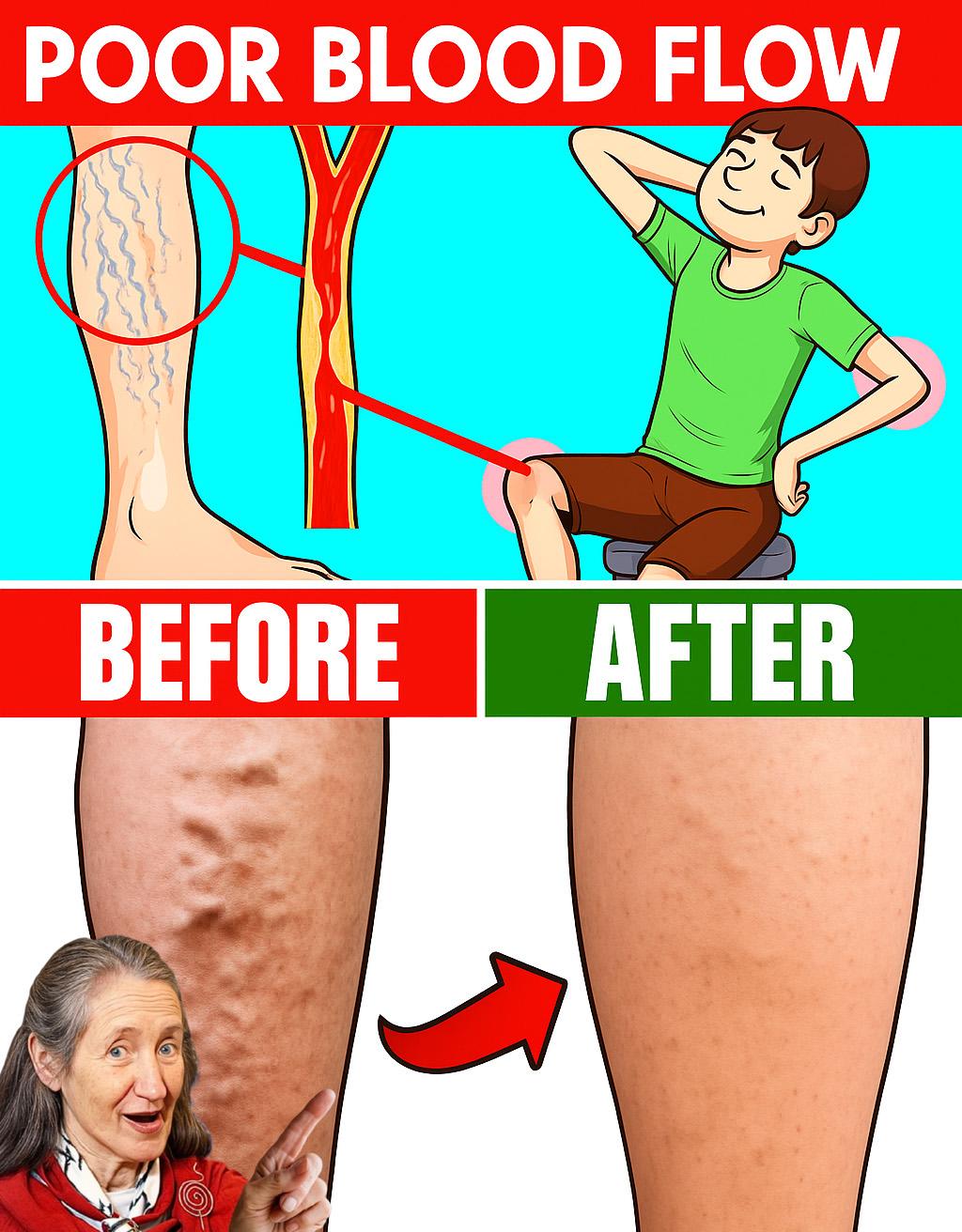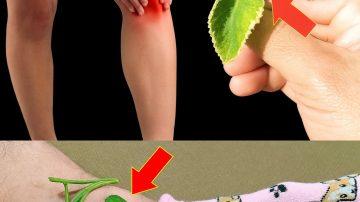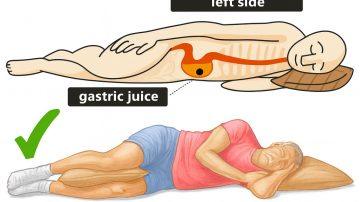Poor blood circulation, often referred to as peripheral vascular disease when it affects the limbs, is a serious condition that can be a symptom of underlying health issues. It occurs when blood flow to parts of the body, particularly the extremities, is reduced.

Here are five of the most common causes:
1. Atherosclerosis (Hardening of the Arteries)
This is the most frequent cause of poor circulation.
- Mechanism: Atherosclerosis involves the hardening and narrowing of arteries due to the buildup of plaque (made of fat, cholesterol, and calcium). This plaque stiffens the blood vessel walls and reduces the space available for blood to flow, severely restricting circulation to the limbs.
- Relevance: This is the primary driver of Peripheral Artery Disease ($\text{PAD}$).
2. Diabetes

Uncontrolled high blood sugar damages blood vessels over time.
- Mechanism: High glucose levels in the bloodstream damage the inner walls of blood vessels, causing them to thicken and become narrow. This is especially true for the smaller blood vessels, leading to microvascular complications. Nerve damage ($\text{neuropathy}$) also often accompanies poor circulation in the feet and legs of diabetic patients.
- Relevance: Diabetes is a leading cause of severe circulation problems and is a major risk factor for $\text{PAD}$.
3. Hypertension (High Blood Pressure)
Chronic high pressure damages the vascular system.
- Mechanism: When blood pressure is consistently high, it puts extra stress on the blood vessel walls, causing them to weaken and suffer microscopic tears. The body attempts to repair these tears, which can lead to scarring and hardening of the arteries, further accelerating atherosclerosis and restricting blood flow.
- Relevance: Hypertension contributes significantly to the development and progression of $\text{PAD}$.
4. Blood Clots and Deep Vein Thrombosis ($\text{DVT}$)
A physical obstruction can abruptly stop blood flow.
- Mechanism: Blood clots are clumps of blood that form when blood thickens and semi-solidifies. These clots can form in deep veins (like those in the legs), a condition known as $\text{DVT}$. If a clot blocks a major vein, it prevents blood from returning to the heart, leading to swelling and severe pain and restricting overall circulation.
- Relevance: $\text{DVT}$ is a direct, sudden cause of severely compromised circulation in the affected limb and is a medical emergency.
5. Obesity and Sedentary Lifestyle

These factors place physical and metabolic strain on the circulatory system.
- Mechanism: Excess body weight puts physical pressure on blood vessels in the legs and abdomen, impeding blood flow. Furthermore, obesity and a lack of physical activity contribute to all the other major causes—high cholesterol, high blood pressure, and insulin resistance ($\text{pre-diabetes}$)—which accelerate vascular damage and reduce the body’s ability to maintain healthy circulation.
- Relevance: Regular movement is essential for pumping blood back to the heart; inactivity allows blood to pool and circulation to stagnate.






